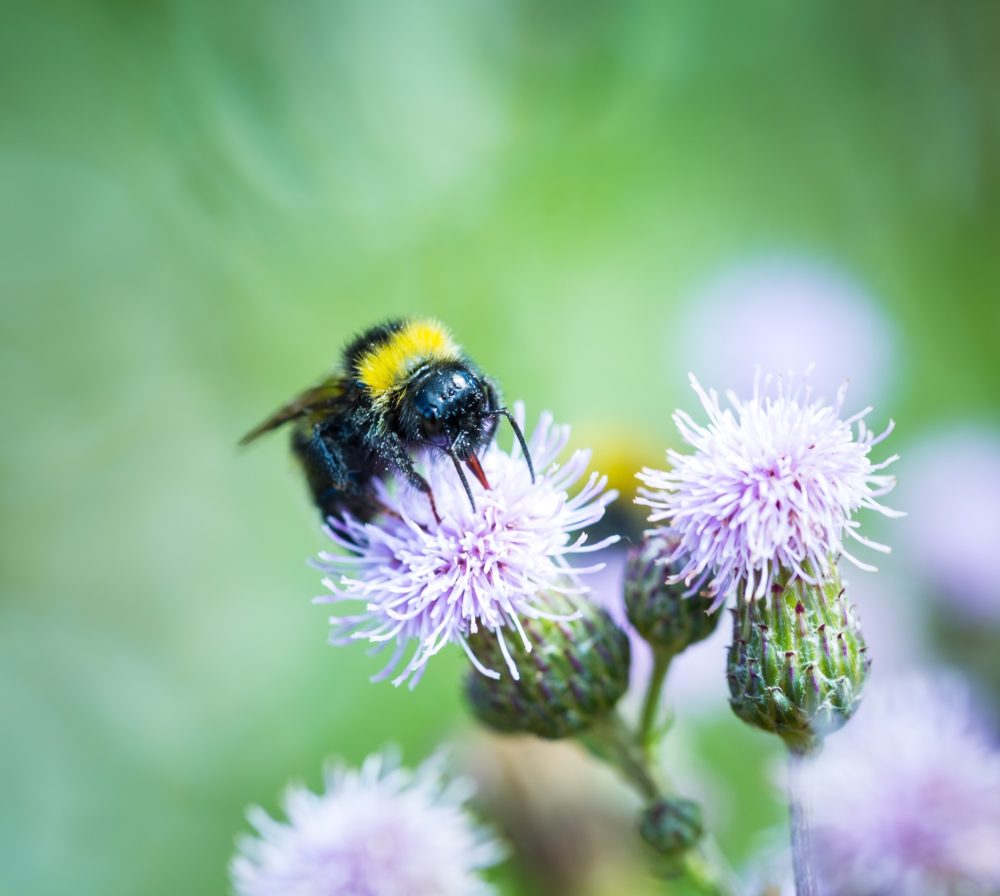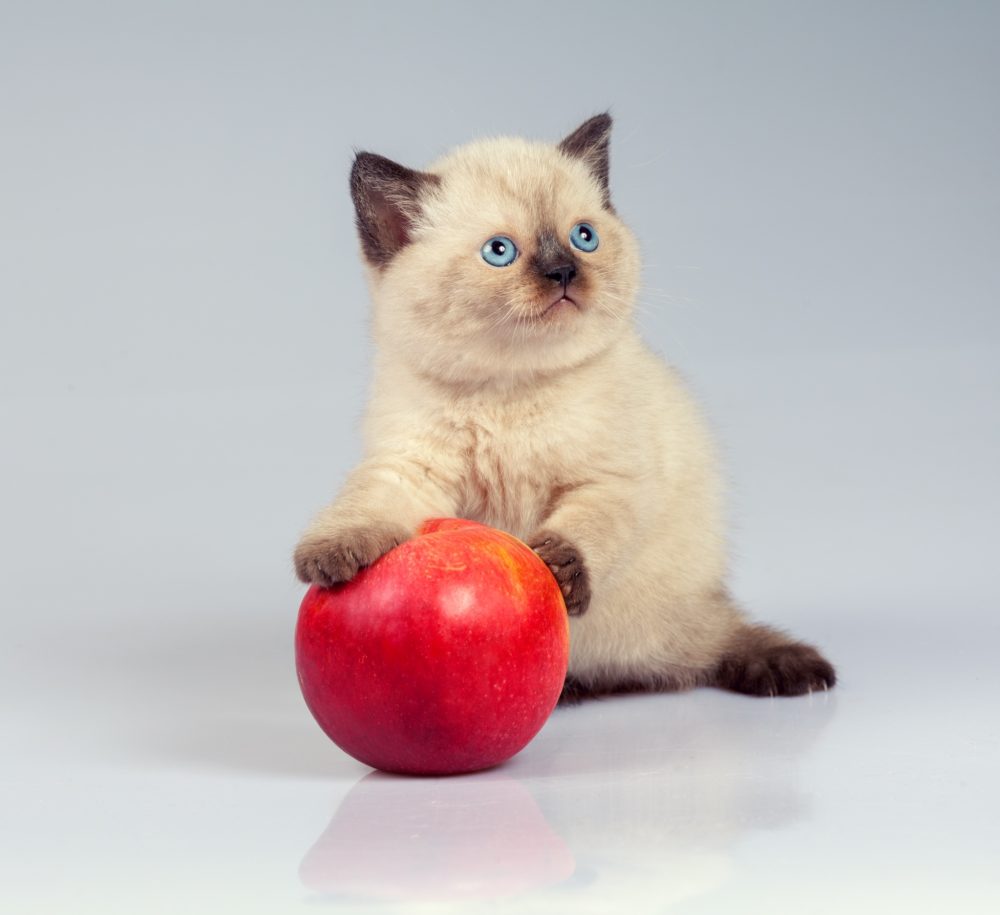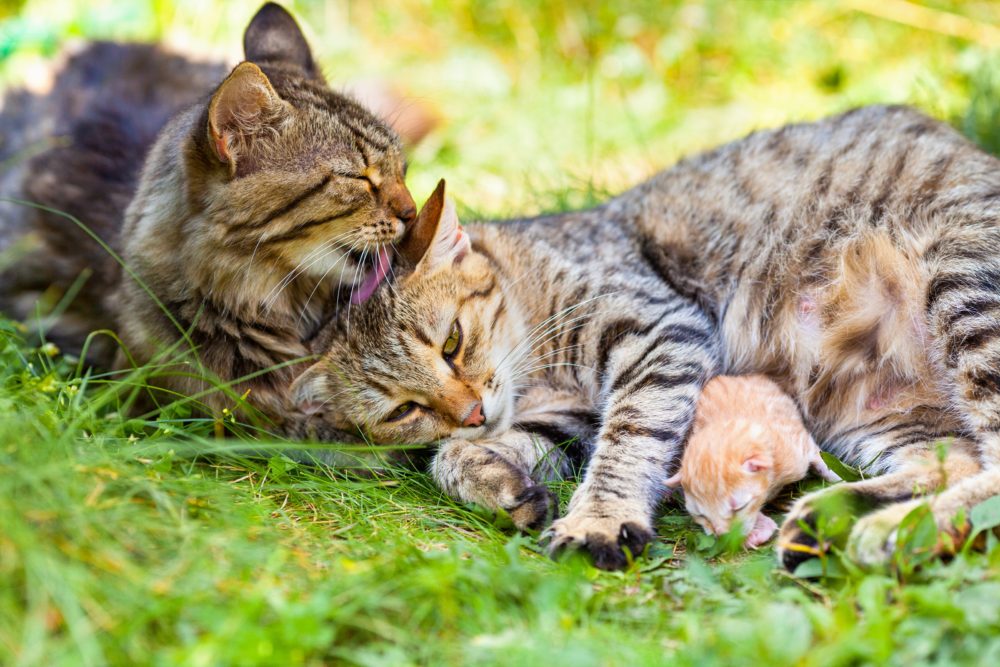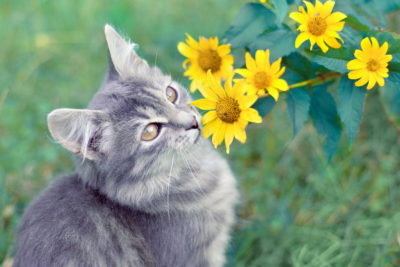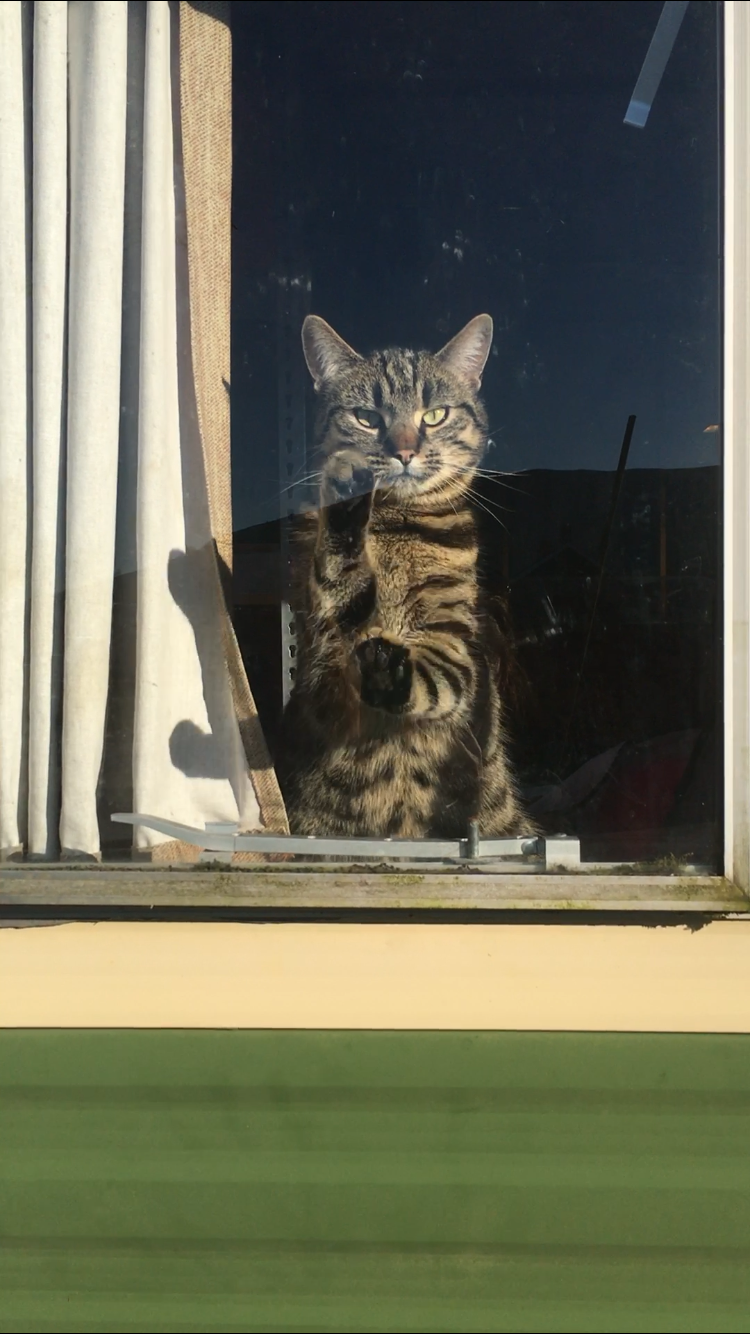
Why do cats paw on windows?
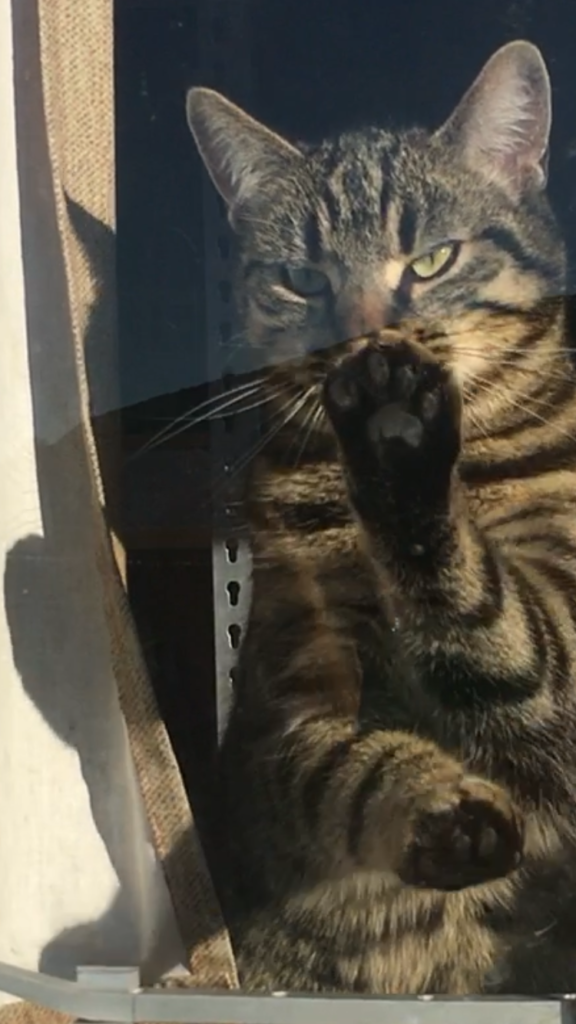 Our youngest cat, Boo, paws at the window and we’ve often wondered why is she doing this? It seems she isn’t alone in this peculiar behaviour; many other cat owners have seen their cats doing exactly the same. She certainly doesn’t seem distressed or unhappy, but we were curious as to what she was doing, and why.
Our youngest cat, Boo, paws at the window and we’ve often wondered why is she doing this? It seems she isn’t alone in this peculiar behaviour; many other cat owners have seen their cats doing exactly the same. She certainly doesn’t seem distressed or unhappy, but we were curious as to what she was doing, and why.
Our research shows that there are several theories to explain this behavior.
Scent marking
Cats communicate in a variety of different way, and using a mixture of the following senses, including;
- vocally,
- visually,
- in tactile ways and
- via scent.
Cats have a very well-developed sense of smell and depend on scent extensively as a form of communication. These specific scents can last a long time and are unique to each cat. There are 3 main methods how a cat will communicate via scent:
- Skin
- Urine and faeces
- Feet
Cats have scent glands on their feet. They will scratch on posts and trees to keep paws in a good condition but also to leave a scent mark. Cats have a tendency to scratch repeatedly in familiar, known spots. It is this theory of scent marking using the feet that is one possible explanation for a cat to be pawing on a window. Other cats passing by will know that this territory is occupied and claimed!
Sharpening of claws
If your cat is pawing with both claws whilst in a sitting position, it could well be that your cat is merely trying to sharpen her claws. Whilst glass is not the ideal surface for sharpening a young cat may not have quite figured this out yet. The urge to sharpen claws to keep them healthy is natural drive within all cats. A rough surface will smooth out rough edges on the nails, keeping them in pristine condition.
A good old stretch!
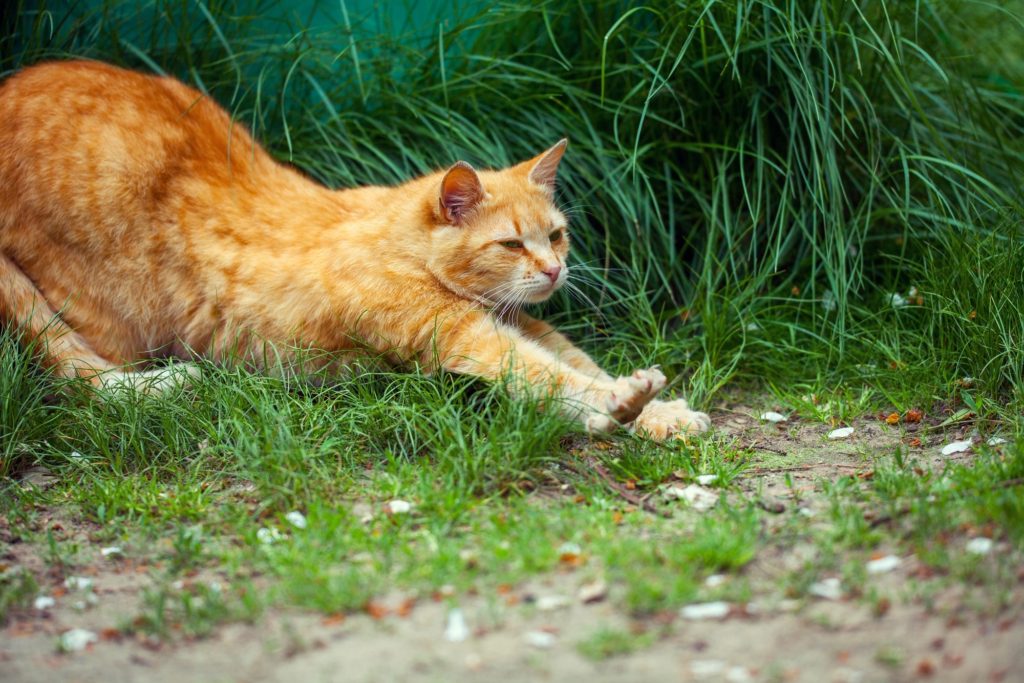 We all love a good old stretch and cats are no different! If your cat is standing upright with her paws above her head, then it could be simply down needing to stretch. Cats stretch very often, several times a day. Cats instinctively know that there are many benefits to their stretching including;
We all love a good old stretch and cats are no different! If your cat is standing upright with her paws above her head, then it could be simply down needing to stretch. Cats stretch very often, several times a day. Cats instinctively know that there are many benefits to their stretching including;
- Stretching after sleeping
A cat will spend as much as 12 to 16 hours a day sleeping. This is very often in a curled up cozy position therefore a good stretch is a must after waking. It simply feels good to stretch the body out, to wake up, before focussing on the tasks ahead.
- Stretching to keep muscles supple
A cat who is stiff cannot hunt, run or jump effectively. Stretching their limbs keeps a cat’s muscles and joints agile and flexible. Ensuring plenty of daily stretching will keep the body limber and ready for action.
- Stretching increases blood pressure
Whilst a cat is sleeping or inactive their blood pressure drops, just like it does in our human bodies. A good stretch upon waking will boost blood flow to the muscles and the brain, and restore blood pressure to their usual levels.
- Stretching communicates contentment
This is the case especially stretching flat on their backs with their belly up. This is a position of vulnerability and cats will only do this when they feel safe and relaxed enough to do so.
- Stretching flushes out toxins
All that time spent sleeping can cause a build up of toxins in the body such as lactic acid and carbon dioxide. Stretching gets the blood pumping and increases lymph circulation which helps the body to remove the toxins and waste products.
Behavioural issues
If only cats could talk sometimes and explain to us their curious behaviours! Some cat owners wonder if it’s a way of communicating that they want to go outside. They see the outside world through the window – is this visual world enough or does it create an urge of wanting to go out to explore? Both indoor and outdoor cats need to be provided with a stimulating and safe indoor environment. But it is particularly important for indoor cats to be entertained and to have their natural instincts satisfied. Spending a little time every day playing games with your cat will boost your relationship and is a great way to get to know and understand each other better. Playtime for your cat is just as important as feeding and keeping them safe and warm. Playtime relieves stress, anxiety and behavioural problems. Check out our article 18 Games to play with your cat for ideas on keeping your cat stimulated and happy. Other articles you may find particularly useful in keeping your cat happy and keeping anxiety at bay are:
- ‘How to keep your cat happy – 10 key factor’ What makes a cat happy? What do our feline friends need to ensure they are as fulfilled and contented as can be? Whether you are about to welcome a new cat to your family and need to familiarise yourself with what’s needed, or you are already have a cat member in your family and need to check they have everything they could possible need, then this article will help you through the check list.
- ‘Why do cats meow? Cat communication – A complete guide’ Have you ever wondered what your cat is trying to tell you? Cats are excellent at expressing their feelings and communicating their emotions very clearly to each other, and to humans. Cat language is a combination of tail position, facial expression, vocal and scenting messages. Looking out for certain pointers and clues can reveal many things that your cat may be trying to communicate.
Seeing their reflection
This action may also simply be down to your cat seeing their reflection in the glass and this is pawing at it to see if it is indeed another cat. Some cat experts suggest also that some cats simply enjoy the smooth feeling of the window.
One thing is certain, all cats will scratch, stretch and scent mark in one form of another. It is all a natural and normal instinct in all felines. However, if you have any concerns regarding your cat’s behaviour or any changes do not hesitate to contact your veterinary for advice.
How can I stop my cat to paw on the window?
If the pawing or scratching becomes a problem, try the following distractions and alternatives:
- Ensure there are scratch posts available for your cat. They are easy to make yourself or are widely available. The choice of fabrics and designs are vast – treat your cat to a variety of options to see what they prefer. In a home with more than one cat, make sure that each cat has access to its own scratching post.
- If your cat is an indoor cat, why not let them explore the outside on a lead? This is certainly easier if introduced when the cat is younger. Your cat will be safe from any dangers whilst exploring the magical sense of the great outdoors.
- Keep your cat stimulated. Puzzle feeders, play time, scratch posts, water fountains and so forth all help to prevent boredom or anxiety.
- Using a pheromone diffuser can help to calm your cat. Pheromones are chemicals that the body releases when a cat is happy or sad to communicate with other cats and the outside world. For example, when cats rub against their owners, or furniture, they are leaving a small portion of this pheromone behind. This can be detected by other animals and used to mark territory. Some diffusers contain calming pheromones. This diffuser is simply plugged into your home to release the spray to enhance calmness. There are also pheromone products that are specifically designed to encourage cats to scratch on a desired location, like a scratching post. This then prevents scratching in unallowed places.
- If problems persist or you have any concerns regarding your cat’s health or actions, please contact your veterinary for advice.
Other articles you may find of interest:
Bach Rescue Remedy for Cats – and other useful Flower remedies for cats
What is a catio / cat enclosure?
Should I let my cat outside at night? Indoor or outdoor cat?

